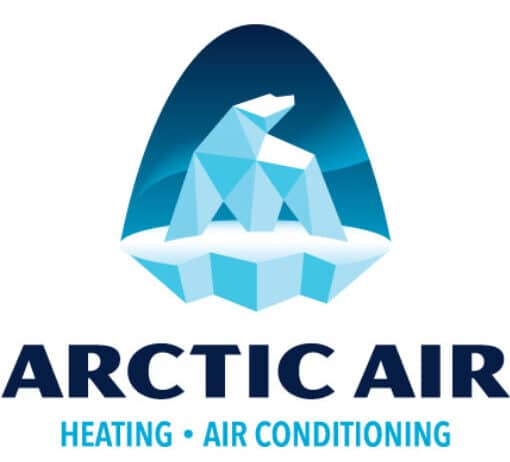Can Mold Be Cleaned Out of HVAC?
What to Know About Mold in HVAC Systems
When homeowners ask, can mold be cleaned out of HVAC, it’s often because they’ve noticed musty odors, visible mold growth on vents, or reduced air quality. Mold within ductwork, coils, or air handlers not only affects comfort—it can harm health too. Fortunately, mold can be professionally treated and removed using safe, effective methods. At Arctic Air, we offer comprehensive HVAC mold remediation, duct cleaning, and indoor air quality services in Palmdale, Lancaster, Quartz Hill, Rosamond, Acton, and Tehachapi.
Why Mold Develops Inside HVAC
First, humidity and condensation inside vents or evaporator coils create ideal conditions for mold growth. Additionally, dirty air filters and clogged drain lines trap moisture and organic debris—providing mold with the nutrients it needs to thrive. Left unchecked, mold can circulate through the airflow, spreading spores throughout your home.
How HVAC Mold Cleaning Works
- Inspection & Assessment — Trained technicians inspect ducts, coils, and HVAC components to locate mold sources.
- Cleaning & Sanitizing — We use EPA-approved antimicrobial sprays and professional-grade vacuum equipment to eliminate mold from surfaces.
- System Component Cleaning — This includes drain pans, evaporator coils, ductwork, and blower housings.
- Preventive Recommendations — Following the mold removal, we recommend indoor humidity control and regular maintenance to prevent reoccurrence.
Benefits of Professional HVAC Mold Cleanup
- Improved Indoor Air Quality — Removing mold for fresher, healthier air.
- Better System Efficiency — Clean HVAC components facilitate airflow and reduce energy strain.
- Minimal Recurrence Risk — Professional sealing and mold inhibition limit future outbreaks.
How to Prevent Mold From Returning in Your HVAC System
After mold has been professionally removed from your HVAC system, it’s essential to take steps to prevent it from coming back. Mold thrives in dark, damp, and humid environments—common inside air ducts and AC units if not maintained properly.
Make sure your HVAC system is properly sized and installed; an oversized system can cool the air too quickly without removing enough humidity. Also, schedule regular HVAC maintenance to check for moisture buildup, clogged drain lines, or dirty coils that can encourage mold growth. Replacing your air filters regularly helps keep mold spores from circulating in your home or business.
Installing UV lights inside your air handler can kill mold spores and bacteria before they grow. Additionally, good ventilation in your home or business, especially in attics or basements, helps reduce trapped humidity.
If odors or mold problems persist, Arctic Air offers trusted HVAC cleaning and disinfection and air duct cleaning services to keep your air fresh year-round.
Schedule Your HVAC Mold Inspection
Don’t let mold compromise your air quality or HVAC efficiency. Contact Arctic Air today to schedule mold inspection or cleaning in Palmdale, Lancaster, Quartz Hill, Rosamond, Acton, or Tehachapi. Our certified technicians will restore clean, healthy air to your home—with care and professionalism.
FAQs
How much does it cost to remove mold from HVAC?
The cost to remove mold from an HVAC system typically ranges from $500 to $2,000, depending on the extent of contamination, size of your system, and accessibility. If mold is found in ductwork or deep in the system, the cost may be higher due to labor and specialized equipment required.
How common is mold in HVAC ducts?
Mold in HVAC ducts is more common than most people realize, especially in humid climates or in systems without regular maintenance. Condensation, dust, and poor airflow can all contribute to mold growth inside ductwork.
Does homeowners insurance cover HVAC mold?
In many cases, homeowners insurance does not cover mold removal if it’s due to preventable maintenance issues or long-term neglect. However, if mold is caused by a covered event like sudden water damage, your policy may help with the cost. Always check the specifics of your coverage.
What are signs of mold sickness?
Symptoms of mold-related illness can include chronic coughing, sneezing, sinus congestion, itchy eyes, skin irritation, fatigue, and in some cases, breathing difficulties. People with allergies, asthma, or weakened immune systems are more vulnerable to mold exposure.
Is mold remediation worth it?
Yes—mold remediation is absolutely worth it if you’re concerned about your health or your HVAC system’s performance. It improves indoor air quality, prevents further damage, and protects you from long-term exposure to harmful mold spores.


